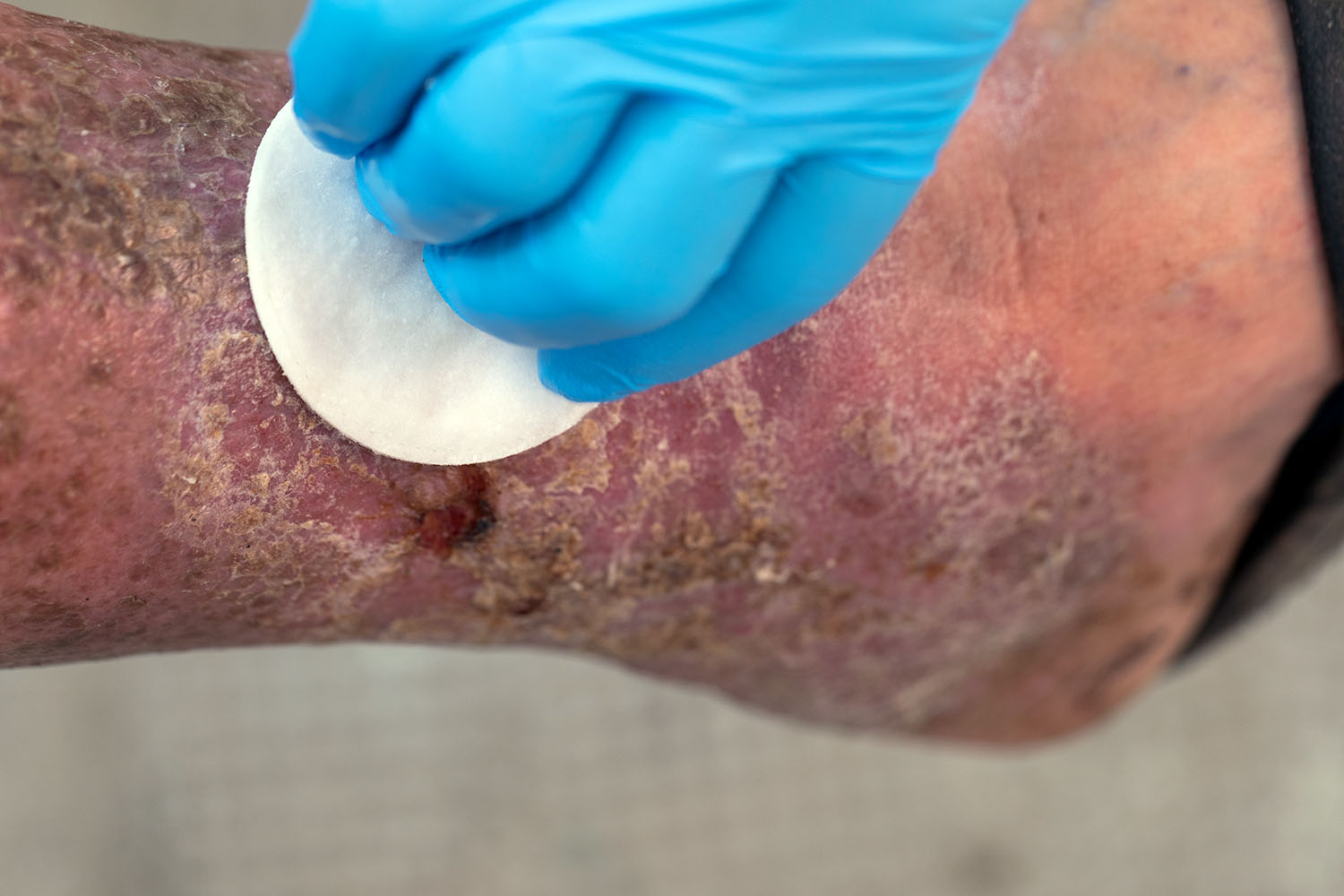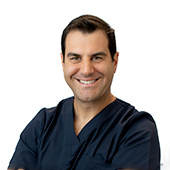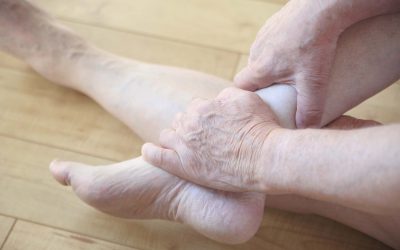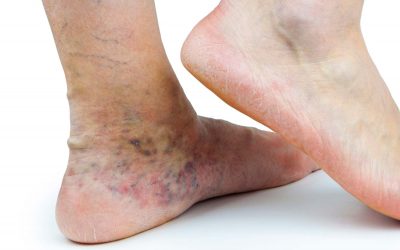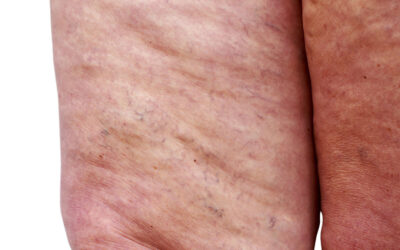Open sores that develop on the skin that may appear without an obvious cause are known as skin ulcers. There are many potential causes, but they are often related to poor circulation e.g.: pressure from being bedbound, atherosclerosis, venous insufficiency (varicose veins), or diabetes. Let’s look in detail at ulcers caused by varicose veins, known as “venous ulcers.”
How are varicose veins and leg ulcers related?
Veins carry deoxygenated blood back to the heart and lungs. They have one-way valves to prevent blood from leaking backward. When these are damaged the vein becomes incompetent at moving blood and it accumulates there, the damaged veins swell with blood causing painful symptoms. For some, varicose veins are not overly problematic or progressive. They will require medical intervention at some stage, but after having them treated the patient has no further issues. For others the condition can be chronic, requiring treatment and ongoing monitoring. When chronic varicose veins are not treated, they worsen, more veins will appear, and there is a higher probability for advanced signs of venous disease to present (CEAP 3-6 – see how varicose veins severity is classified). The unfortunate myth that varicose veins are only cosmetic can discourage acting on vein problems and delay addressing them. Patients often fail to make a connection between ulcers or skin changes to their leg vein problems. The longer the blood sits static in the superficial veins of the lower legs the more likely it is for the deoxygenated blood to push into the capillary networks of the skin near the ankle. This begins a chronic cascade of inflammatory change within the skin and soft tissue of the lower leg. The body responds to this inflammation by producing hardened skin, skin breakdown, and finally an open wound. The ulcers can be painful, can ooze fluid, and can be difficult to heal. These changes and ulceration typically occur in the “gaiter” area of the lower leg (pictured). 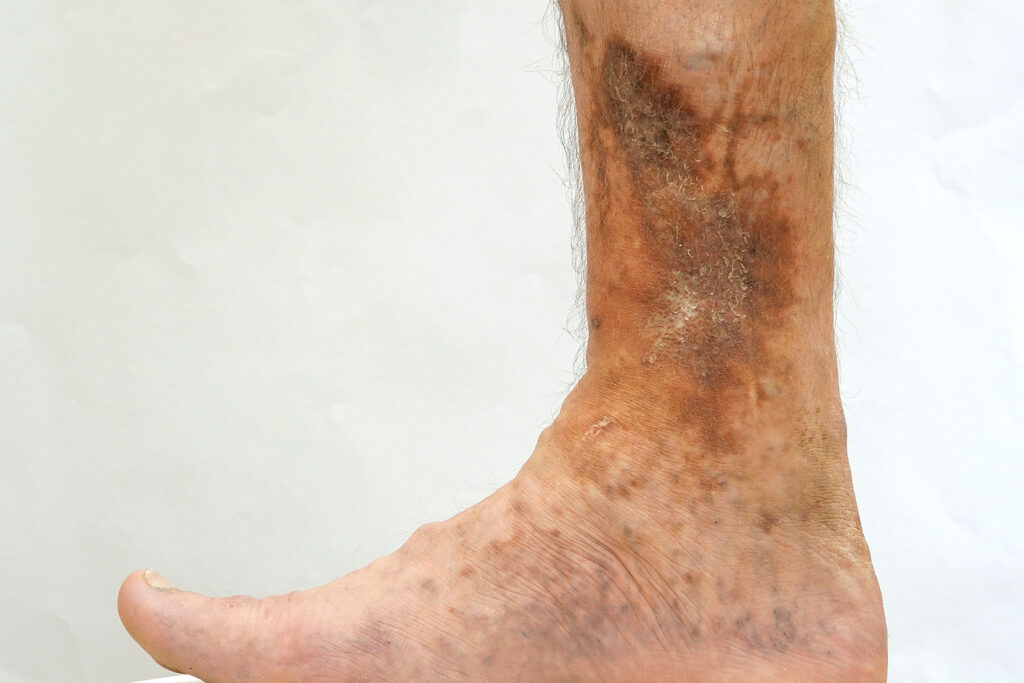
How to heal a venous leg ulcer?
A venous ulcer is not like badly scraping your knee. It won’t heal in the expected way or timeframe. To heal a venous ulcer, good wound care plays a role but without treating the underlying cause, the open sore/ulcer will not heal properly, risking infection. Once the incompetent veins are treated, the ulcer should heal well.
Treatments for venous leg ulcers
With over 20 years of experience in treating venous ulceration, Dr Paraskevas treats the underlying reflux with endovenous laser ablation, radiofrequency ablation, ultrasound guided sclerotherapy, or cyanoacrylate closure (vein glue), depending on the patient’s duplex ultrasound scan. Each of these treatments involves sealing the problem vein closed, allowing blood flow to reroute through healthy veins. Once the underlying veins feeding the areas of skin change or ulceration are treated, the blood flow and lymphatic flow in these areas return to normal, allowing the skin and soft tissue to breathe and heal.
Here’s how the vein treatments work:
Ultrasound guided sclerotherapy – under ultrasound guidance, the vein is injected with a sclerosant, which irritates the inside of the vein wall, sealing it closed. Endovenous laser ablation – under ultrasound guidance, a laser fibre is inserted into the problem vein, thermal energy is activated, this injures and seals the leg vein closed. Radiofrequency ablation – under ultrasound guidance, a radiofrequency fibre is inserted into the vein, and thermal energy is activated, which seals closed the vein. These are all walk-in, walk-out procedures, usually completed in under an hour. After this treatment, we wrap the ulcer with a special dressing to help it heal, keep it clean, and apply a surgical-grade stocking.
Key Takeaways
- When chronic varicose veins are not treated, they can eventually deteriorate into venous leg ulcers.
- Venous ulcers do not heal in the way or timeframe you might expect from another kind of skin injury. The underlying cause (venous insufficiency) must be treated for the ulcer to heal properly.
- The underlying varicose veins are treated with endovenous laser ablation, radiofrequency ablation, or ultrasound guided sclerotherapy. Once the incompetent veins are treated, the ulcer should heal well.

